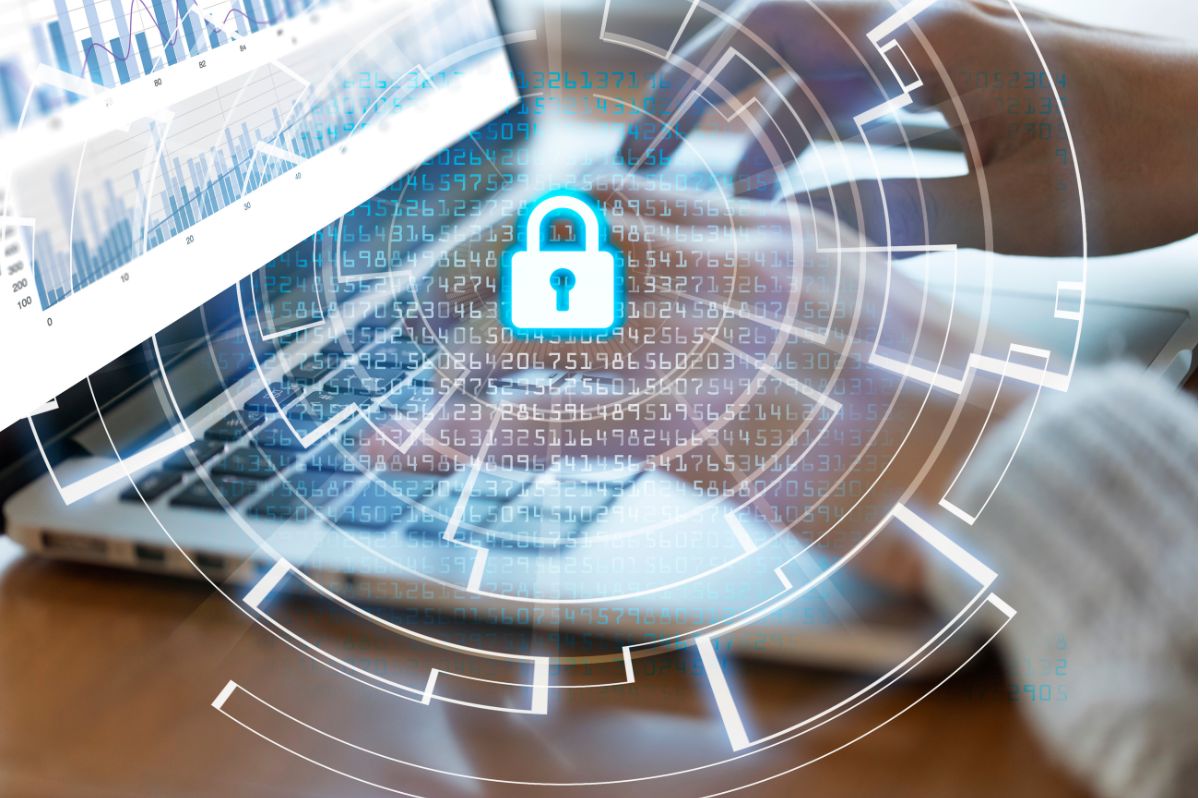Passwordless Authentication For WiFi Security

As digital transformation accelerates, so do cyber threats. Across industries, business leaders are observing increasing cybersecurity risks, and it has become paramount for companies to adapt and evolve. The traditional use of passwords for WiFi security, once seen as robust, are now inviting a new breed of sophisticated threats. As modern networks expand in the wake of hybrid and remote work policies, enterprises face an array of security challenges. Leveraging passwordless authentication for WiFi security gives enterprises a secure alternative to address these security challenges.
The Cumbersome Nature of Passwords
While passwords have long served as the gateway to network access, they present various challenges which include:
- Forgetfulness: Users frequently forget passwords, leading to operational delays and potential security breaches.
- Password Reuse: The common habit of using identical passwords across platforms can spell disaster, especially if one platform is compromised.
- Phishing Woes: Remote work has been coupled with a surge in phishing attacks, targeting unsuspected employees and leading to severe breaches.
Passwordless Authentication for the Modern Age
In the face of such challenges, passwordless solutions shine as the next logical step:
- Strengthened Barriers: By eradicating passwords, a primary vulnerability is neutralized, helping to thwart unauthorized access & phishing attempts.
- Reduced IT Costs: With the absence of password-related queries such as password resets, the volume of support requests diminishes.
- Swift, Secure Connectivity: Without the hassles of password complications, users experience quicker, unobstructed access – helping to offer a smoother user experience.
The Mechanisms of Passwordless Authentication
Passwordless authentication methods can involve various techniques:
- Biometrics: Unique biological features, such as fingerprints, facial patterns, or voice imprints have become one of the most common.
- Certificate-Based Authentication: Beyond just validating the user, certificate-based authentication also ensures the accessed network’s authenticity, ensuring a two-fold security check.
- Biometrics: Unique biological features, such as fingerprints, facial patterns, or voice imprints have become highly popular methods for passwordless access.
- Physical Tokens: These tangible devices, when paired with a network, ensure swift and secure access, combining convenience with security.
These methods, individually or in combination, provide robust security without compromising on user convenience.
What Passwordless Brings to the Table
For organizations, the long-term benefits of transitioning to passwordless are noteworthy:
- Leaner IT Operations: With the bulk of password-related issues eliminated, IT departments can focus on more pressing tasks, leading to cost and time efficiencies.
- Increased Work Efficiency: Seamless access, especially crucial in remote or hybrid settings, allows undisturbed workflows.
- Risk Reduction: These tangible devices, when paired with a network, ensure swift and secure access, combining convenience with security.
Passwordless Authentication For WiFi Security
In a world rapidly adopting remote work and BYOD policies, a strategic shift in security measures is imperative. Adopting passwordless authentication strategies presents a compelling case for organizations, ensuring robust defense mechanisms while fostering a culture of efficiency and user-centricity. As we look ahead, these strategies could very well define the gold standard in organizational security.
Try Portnox Cloud for Free Today
Gain access to all of Portnox's powerful zero trust access control free capabilities for 30 days!






